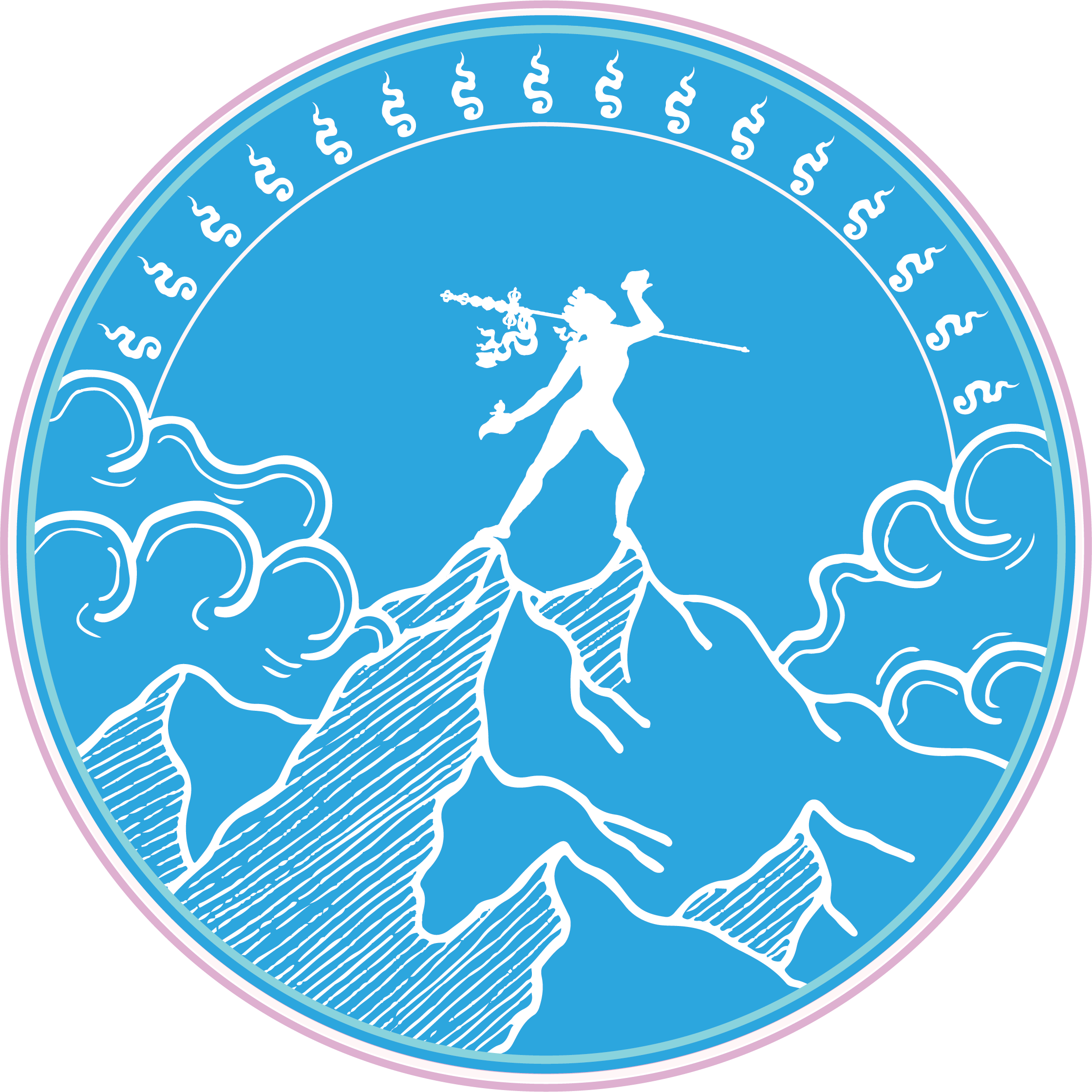Oil Massage – Snehana

WHAT IS IT
Abhyanga is an herbal-oil massage incorporating the entire body from head to toe.
HISTORY
Ayurvedic massage has its roots in Siddha medicine, a system of medicine brought to South India by the great siddhar or sage Agastya. It has been told that Siddha medicine is the oldest system of medicine in the world, possibly up to 8,000 years old.
Other forms of medicine or cultures that do some form of it: Greece, Indonesia, China, and Persia
PRODUCTS
½ Cup oil, squeeze bottle, essential oil, herbs
BENEFITS: According to Acharya Vagbhata in the text Astanga Hridaya
*Prevents & corrects the aging process
*Overcomes fatigue
*Prevents & corrects affliction of the nervous system
*Promotes better eyesight
*Nourishes the body
*Promotes longevity
*Improves sleep
*Promotes sturdiness of the body
*Promotes flexibility
*Promotes lymph flow
CONDITIONS
*Stress
*Fatigue
*Achy joints & tight muscles
*High Blood Pressure
*Skin conditions such as hyperpigmentation, inflamed skin, wrinkles, scars, & cellulite
*Aggravated doshas
RISKS / CONTRAINDICATIONS
*Pregnancy
*Broken bone
*Skin Infection
*Chronic Illness
*Painful calf
STEP-BY-STEP
- Pour ½ C oil into a clean, squeeze bottle. Place the bottle in a pot of hot water until the oil is warm.
- Apply sufficient oil to lubricate skin, massaging slowly and rhythmically, over the entire body, including the head.
- Massage the feet and toes using more pressure.
- Strokes are up and down the arms and legs, incorporating circular motions around the joints.
- Massage the abdomen, chest, buttocks, and back in clockwise, circular motions, using lighter pressure.
- Continue to the neck and face, using light, circular motions from the center outwards.
- Massage the ears in small, circular motions.
- Finish with the head, paying special attention to the crown, using light, circular motions.
- Relax for 10 minutes to let the oil absorb.
- Take a warm bath or shower.
Oils to Use According to Dosha:
Vata (dry skin): heavy oils like almond, sesame, olive, castor, ghee, or mustard
Pitta (sensitive or overheated skin): Coconut, Sunflower, or ghee
Kapha (oily skin): Mustard, corn. Sesame oil is neutral and may also be used.
Essential Oils to Add to Base Oil According to Dosha:
Vata: basil, fennel, marjoram, orange, geranium, bergamot, benzoin, cardamom,
Cinnamon
Pitta: Sandalwood, lavender, lemon, ylang ylang, chamomile, peppermint, fennel,
Rose, neroli, lemon balm
Kapha: rosemary, eucalyptus, camphor, frankincense, clary sage, juniper, myrrh,
Black pepper, clove
Tri-Doshic: Rose, jasmine, lavender, sandalwood, frankincense, lemon balm, ginger,
fennel
Strength: Moderate pressure according to constitution. Lighter pressure over face, neck, sternum, belly, and kidneys.
Vata: lighter touch
Pitta: medium touch
Kapha: heavier touch
Duration: 15-35 mins
Frequency: Daily
Time of Day: Before bathing
Body Type: All
REFERENCES
Douillard, Dr. John. The Encyclopedia of Ayurvedic Massage. North Atlantic Books, 2004.
The Art & Benefits of Abhyanga Massage (healthline.com)
